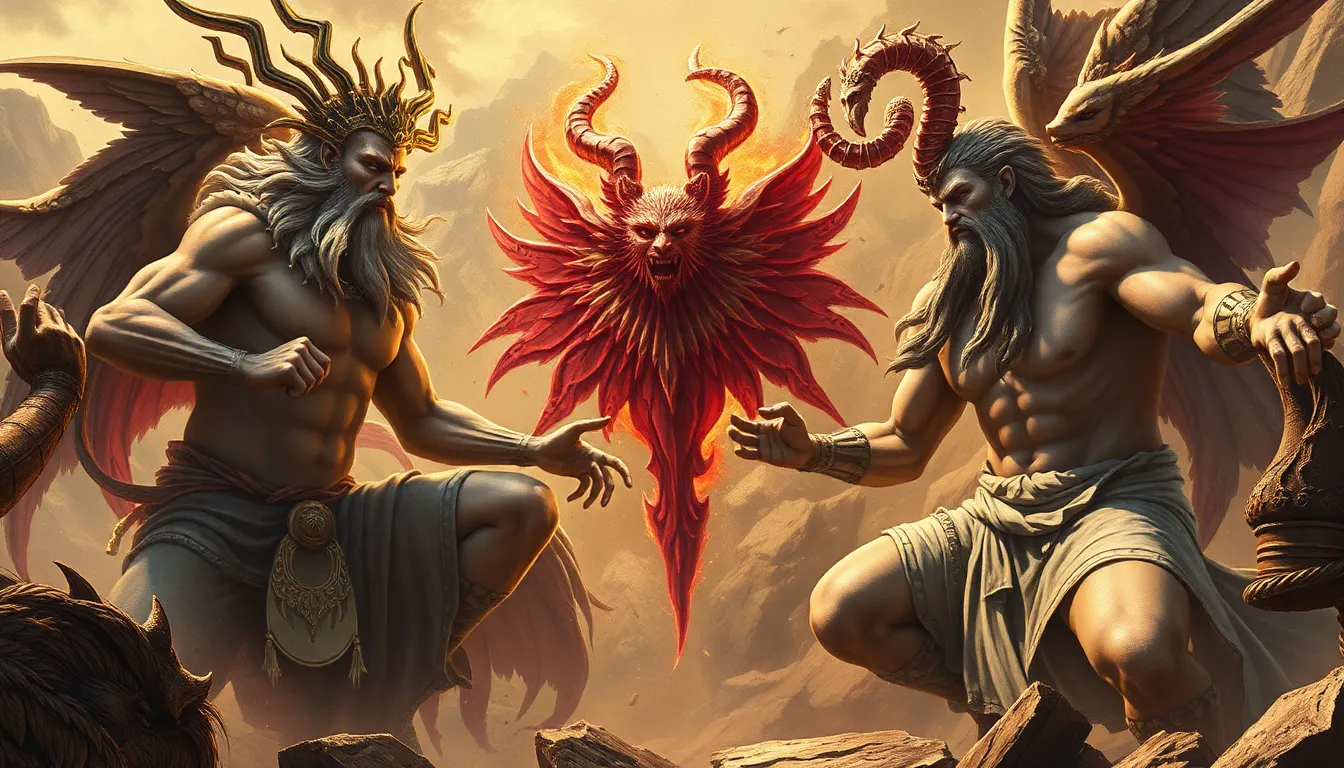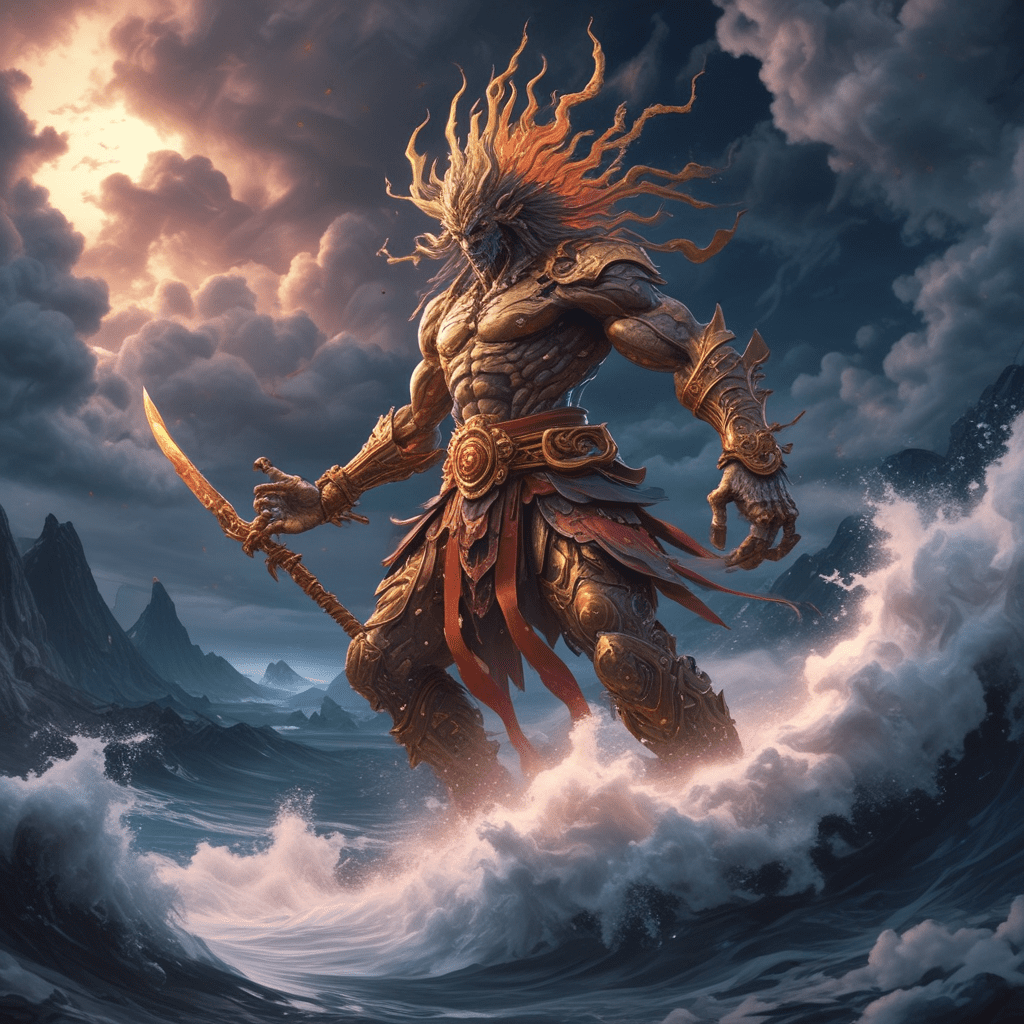Introduction:
Delving into the realm of Persian mythology unveils a rich tapestry of stories, steeped in symbolism and woven with profound insights into the human experience. Dreams, in particular, occupy a central place in this ancient tradition, serving as a bridge between the earthly and the ethereal, the known and the unknown. This article explores the multifaceted significance of dreams in Persian mythology, showcasing their role as guides, omens, and gateways to the subconscious depths.
The Significance of Dreams in Persian Culture and Mythology:
For centuries, dreams have been revered in Persian culture as divine messages, conduits of wisdom, and harbingers of the future. This belief stems from the Zoroastrian tradition, where dreams were considered a form of communication with the divine realm, offering guidance and insights into one's destiny. This reverence for dreams permeates Persian mythology, where they often serve as pivotal plot devices, driving the narrative and revealing the inner workings of characters.
The Role of Dreams in Persian Mythology:
In Persian mythology, dreams transcend mere slumbering visions. They are believed to act as a bridge between the physical and spiritual realms, granting access to a hidden world of knowledge and understanding. Through dreams, individuals could receive divine guidance, glimpse into the future, and gain insights into their own subconscious desires and fears. This belief system is evident in numerous myths and legends, where dreams play a crucial role in shaping the course of events. For instance, in the epic poem Shahnameh, the hero Rostam receives prophetic dreams that foretell his destiny and guide his actions.
Common Dream Symbols and Their Meanings:
Persian dream interpretation is a complex and fascinating art, steeped in symbolism and cultural nuances. Each element within a dream carries a specific meaning, offering clues to the dreamer's inner world and potential future. Some of the most common dream symbols and their interpretations include:
- Water: Represents purification, renewal, and the depths of the subconscious mind.
- Fire: Signifies transformation, passion, and spiritual enlightenment.
- Animals: Symbolic of various personality traits and may act as spiritual guides.
- Flying: Represents freedom, liberation, and spiritual ascension.
- Falling: Indicates loss of control, fear, and vulnerability.
Dream Interpretation in Persian Literature:
Persian literature abounds with examples of dream interpretation, showcasing the profound significance attached to these nocturnal visions. In the Shahnameh, dreams serve as plot devices, foreshadowing events and revealing the motivations of characters. Similarly, the Masnavi, a mystical poem by Rumi, explores the symbolic language of dreams and their connection to the divine. These literary works provide valuable insights into the intricate relationship between dreams, mythology, and the human psyche.
6. The Practice of Dream Interpretation:
In ancient Persia, dream interpretation was a highly respected profession. Skilled interpreters, known as "mo'abbaran," were sought after by individuals and rulers alike. These interpreters possessed extensive knowledge of dream symbolism, mythology, and psychology. Their methods involved carefully considering the dreamer's background, current circumstances, and the specific details of the dream. By analyzing these elements, they could uncover the hidden messages within the dream and offer guidance to the dreamer.
7. The Psychological Perspective on Dreams:
Carl Jung, the renowned Swiss psychologist, explored the psychological significance of dreams extensively. He believed that dreams offer insights into the collective unconscious, a shared repository of human experiences and archetypes. Jungian interpretations focus on identifying recurring symbols and patterns in dreams, linking them to universal themes and archetypal figures. While traditional Persian interpretations emphasize the prophetic and divinatory aspects of dreams, Jungian interpretations delve into the symbolic language of the unconscious mind, revealing hidden aspects of the dreamer's psyche.
8. The Cultural Significance of Dreams:
Beyond their personal significance, dreams have played a crucial role in shaping Persian culture and society. They have served as a source of inspiration for artists, poets, and storytellers, enriching the cultural landscape with evocative imagery and profound symbolism. Moreover, dreams have influenced societal values and beliefs, offering guidance on ethical conduct, social norms, and spiritual practices.
9. Dreams in Contemporary Iranian Society:
While modernization has brought significant changes to Iranian society, the belief in the significance of dreams remains deeply rooted. Many Iranians still seek out dream interpreters for guidance and insight, particularly in times of uncertainty or when faced with important life decisions. This enduring belief in the power of dreams reflects their enduring cultural significance and their ability to connect individuals to a deeper understanding of themselves and the world around them.
10. Conclusion:
Dreams in Persian mythology offer a fascinating window into the ancient world's understanding of the human psyche, spirituality, and the relationship between the conscious and unconscious realms. By exploring the symbolism, interpretation, and cultural significance of dreams, we gain valuable insights into the rich tapestry of Persian mythology and its enduring influence on contemporary society.
Frequently Asked Questions:
What are the most common types of dreams in Persian mythology?
Common dream types in Persian mythology include prophetic dreams, dreams revealing hidden knowledge, and dreams offering guidance and solutions to problems.
Who were some of the most famous dream interpreters in ancient Persia?
Famous dream interpreters include Artemidorus, Ibn Sirin, and al-Ma'arri, known for their extensive knowledge of dream symbolism and their ability to decipher complex dream messages.
Are dream interpretation practices still prevalent in Iran today?
Yes, dream interpretation remains a popular practice in Iran, with many people seeking guidance from dream interpreters for personal and professional matters.
How does the interpretation of dreams differ between traditional Persian methods and modern psychological approaches?
Traditional methods focus on the prophetic and divinatory aspects of dreams, while modern psychological approaches emphasize the symbolic language of the unconscious mind and its connection to personal experiences and archetypes.



